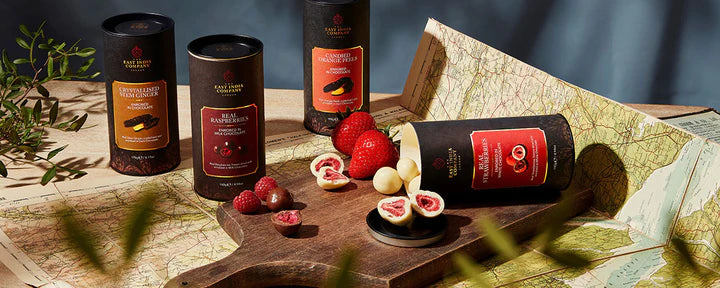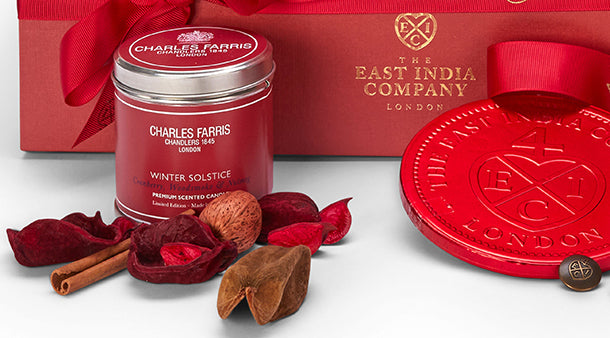Every year, The East India Company issue a strictly limited number of Mohur gold coins in the highest proof quality as a symbol of wealth, prestige and trust, symbolising the proud legacy and beauty of the Mohur and celebrating the Mohur gold coin’s truly extraordinary past.
The Mohur today
Minted to the exact specifications as its 16th century predecessor, the Mohur is directly inspired by the original coin and as a result bears the noble Lion and Palm Tree motif on its reverse, with the effigy of HM King Charles III on the obverse.
Each Mohur weight is carefully calculated as a proportion of 11.66g, the equivalent to 180 grains and in keeping with the universal standard established by Sher Shah Suri as long ago as 1540, to ensure the historical authenticity of the coins.

The History of the Majestic Mohur
Mohur, meaning a symbol or seal, was first recorded in the history of world coinage as long ago as 1540. Introduced by the Mughal Emperor Sher Shah Suri, known locally as Sher Khan or the Lion King, it was a gold coin which symbolised the Emperor’s power and wealth.
Some may say it was fate that this symbol of wealth and prestige should come to represent The East India Company.

The Lion and Palm Tree Design
By 1800, The East India Company exercised administrative control over most of India, ruling over 400 million people. Its trade had brought vast wealth to Britain changing the very fabric of the nation. By 1835, King William IV decreed that there should be a universal coinage in India introducing the Coinage Act of 1835.
As a result One and Two Mohur gold coins were struck for the first time bearing the effigy of the King on the coin obverse and introducing for the first time, the iconic Lion and Palm Tree motif on the reverse. Lion and Palm Tree Mohurs were also minted for Queen Victoria, replaced with the Imperial Mohur design when she became Empress of India in 1877.
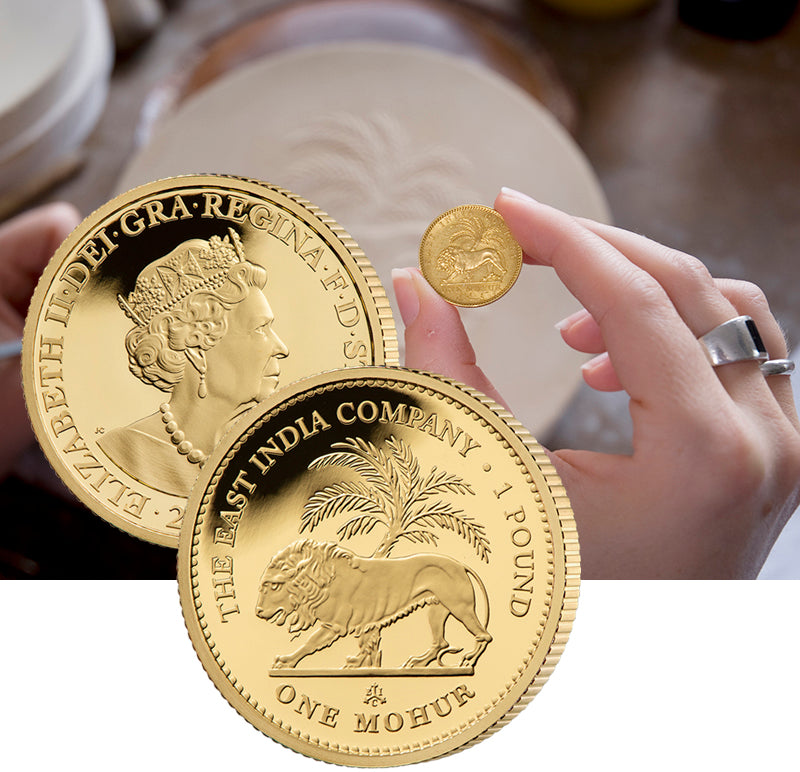
The careful study of historical sources ensures that today’s Mohur is a testament of craftsmanship and quality, paying homage to the historic Mohur coin that first bore the Lion and Palm Tree motif in 1835.

By the middle of the 17th century the East India Company had become one of the largest bullion traders of its time, exporting vast amounts of precious metal from England to support its trading needs. As The Company’s activities expanded it became so significant that in 1677 King Charles II granted it the right to mint its own coins in the territories it administered, the majestic Mohur was adopted as the main trading currency of The East India Company.

The Tola – A unique weight of gold and silver
Over time, the Mohur came to epitomise the Colonial age, symbolising a new age of trade and wealth. Widely recognised and trusted in the Company’s trading territories in India, the prominent design of the Mohur, the Lion striding proudly beneath the Palm Tree, quickly became associated with the weight of one ‘tola’ or 11.66gm, equal to 180 troy grains. The British ‘tola’ was standardised as a measure of gold and silver bullion in British India in 1833 and is still widely recognised in India and its subcontinent today.
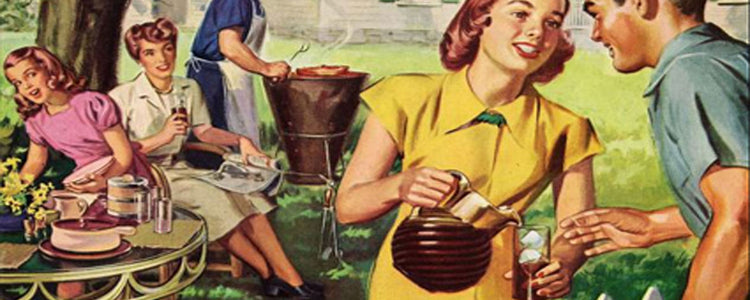

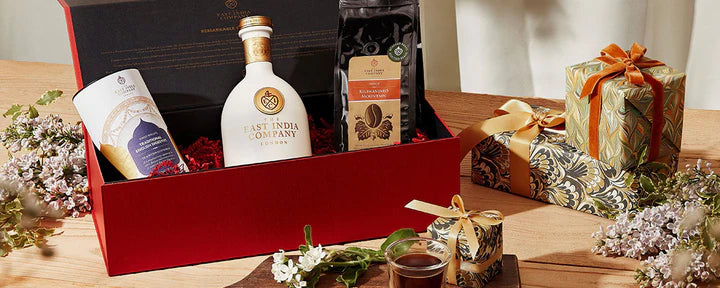
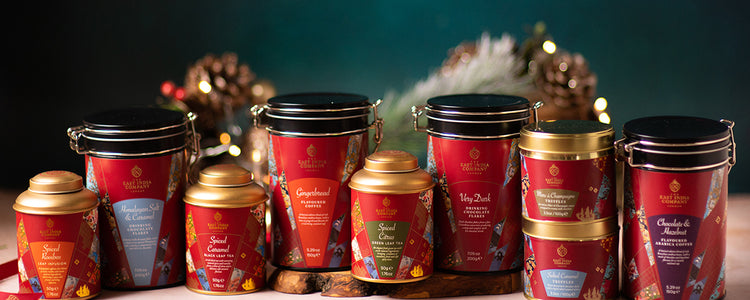
 Ceylon / Sri Lanka
Ceylon / Sri Lanka Assam, India
Assam, India Japan
Japan Taiwan
Taiwan Nepal
Nepal China
China Kenya
Kenya Egypt
Egypt South Africa
South Africa